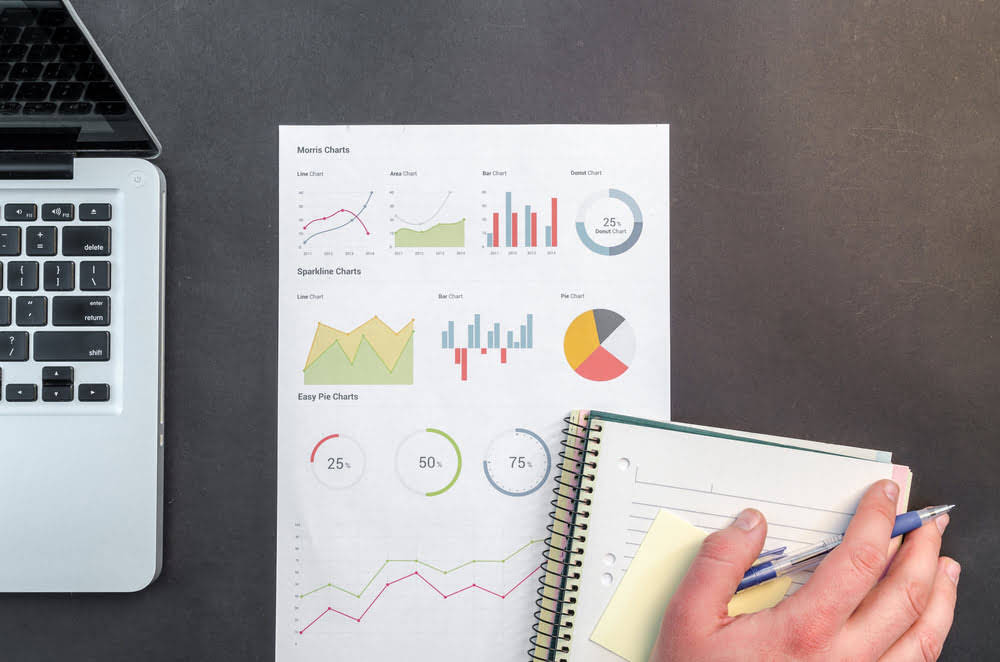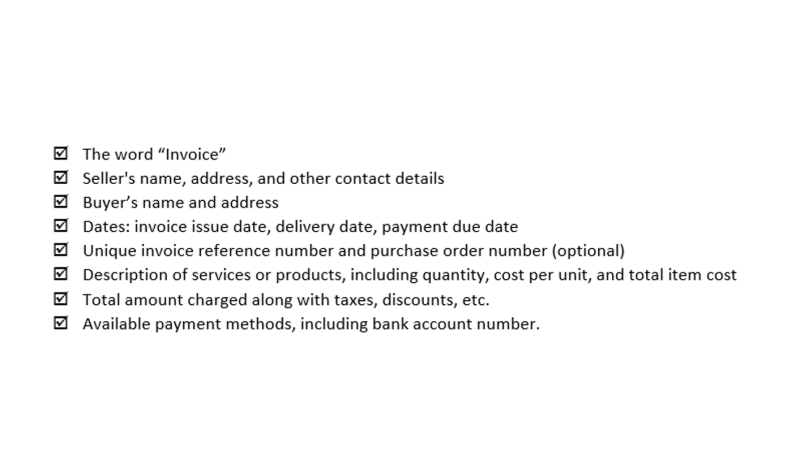Content

Much like a baker mixes together ingredients to create a delicious cake, executives need to blend together various ways to appeal to customers. As one of the most famous business “recipes,” the marketing mix suggests four factors that need to work together in order for intangible resource example a firm to achieve superior performance. The four Ps of the marketing mix are illustrated below using Duff Goldman’s custom cake shop, Charm City Cakes. Despite Mattingly’s objections, Guy spontaneously adds an up-tempo beat to a sleepy ballad called “That Thing You Do!
Usually, there is an interest rate attached to the line of credit that will have to be paid back within agreed terms, and often an annual fee for an open line of credit. Entrepreneurs with good credit ratings can access amounts around $25,000–50,000 without taking a term loan. Therefore, intangible assets are resources that do not have a physical existence. Furthermore, the different types of intangible assets too generate economic benefit for your business in the future. Certain intangible assets may be taxed as ordinary income, though, thanks to the Tax Cuts and Jobs Act of 2017. This may include things like intellectual property, digital assets, or patents.
Examples of tangible assets
In comparing the two types of resources, intangible resources are more likely to meet the criteria for strategic resources (i.e., valuable, rare, difficult-to-imitate, and organized to capture value) than are tangible resources. Executives who wish to achieve long-term competitive advantages should therefore place a premium on trying to nurture and develop their firms’ intangible resources. Grant (1991) distinguishes tangible and intangible assets and people-based skills. Intangible resources include patents, copyrights, reputation, brands and trade secrets.

In this value configuration a firm concentrates on discovering what the client wants, figures out a way to deliver value, determines whether the customer’s needs were fulfilled and repeats the process in an iterative way if necessary. The proposed activities of the value shop contain problem finding and acquisition, problem solving, choice, execution and control and evaluation. The value creation logic of a value shop is resolving customer problems.
The gray area between tangible and intangible
A distinctive competence is a set of activities that an organization performs especially well. Southwest Airlines, for example, appears to have a distinctive competency in operations, as evidenced by how quickly it moves its flights in and out of airports. Further, Selznick suggested that possessing a distinctive competency creates a competitive advantage for a firm. Certainly, there is plenty of overlap between the concept of distinctive competency, on the one hand, and capabilities, on the other. The activity LEVEL distinguishes between the firm’s primary and support activities (Porter, 1985).

Further, your business is expected to utilize such assets for more than one accounting period. Say, you own a computer-controlled machine that cannot function without the embedded computer software. https://www.bookstime.com/articles/what-is-an-ein-number-and-does-your-business-need-one This means Computer Software is an integral part of the machine’s hardware. In such a case, you cannot treat Computer Software as an intangible asset since it is inseparable from the machine.
